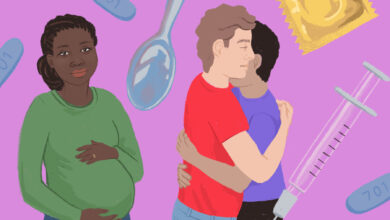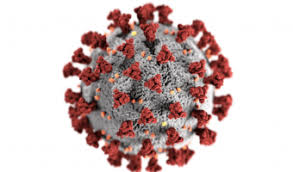How to treat fever

In the majority of cases, a fever is the body’s natural reaction to an acute viral or bacterial infection and is not necessarily considered a dangerous condition in itself. Rather, a fever is a sign that the body is defending itself against the infectious invader.
CAUSES
A fever can be caused by a wide variety of factors. Dehydration, overexertion, mosquito bites, bee stings, allergic or toxic reactions and viral or bacterial infections are just a few. A fever of unknown origin (FUO) is a condition defined as an elevated temperature lasting for three weeks or more without an identifiable cause.
Symptoms
A fever can cause you to feel very uncomfortable. Signs and symptoms of a fever include the following:
Temperature greater than 100.4 F (38 C) in adults and children
Shivering, shaking, chills
Aching muscles and joints
Headache
Intermittent sweats
Rapid heart rate or palpitations
Skin flushing
Feeling faint, dizzy, or lightheaded
weakness
TREATMENT
Paracetamol (found in Panado, Calpol and other over-the counter medications) is a drug that helps to lower fever. Paracetamol is also an analgesic (pain reliever), so it eases the discomfort and body aches that often accompany fever. It is available in liquid or pill form, as well as in suppository form for infants. But one should note that if used excessively this drug can cause liver damage.
Ibuprofen (Nurofen and others) is another fever-reducing medication that relieves mild to moderate aches and pains. Be sure to take the medication with food to prevent irritation of the stomach. Ibuprofen is available in liquid or pill form.
Home treatment
Administer paracetamol to reduce a fever of 40°C or higher. Do not use/give in higher doses or more frequently than directed.
It is very important to maintain fluid balance, so drink plenty of water or fruit juices.
For a temperature of above 40°C, bathe or sponge the skin with lukewarm water (not cold water). Evaporation will have a cooling effect.
Remain at home and rest.
Remove extra layers of clothing.
Though you may decide to treat your fever at home, the are signs that you should look out for, meaning you need to visit the doctor. When the fever is accompanied by a stiff neck, confusion, lack of energy, difficulty in awakening or inconsolability and when the sufferer has fever and shows signs of febrile seizures: muscles throughout the entire body stiffen, eyes may roll, hands and/or feet may tap, and loss of bowel and urine control may occur.




